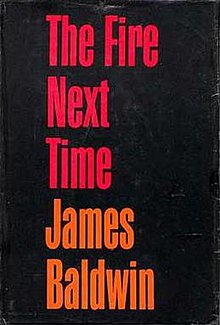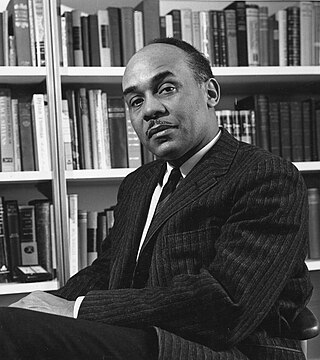
Ralph Ellison was an American writer, literary critic, and scholar best known for his novel Invisible Man, which won the National Book Award in 1953.

The civil rights movement was a social movement and campaign from 1954 to 1968 in the United States to abolish legalized racial segregation, discrimination, and disenfranchisement in the country. The movement had its origins in the Reconstruction era during the late 19th century and had its modern roots in the 1940s, although the movement made its largest legislative gains in the 1960s after years of direct actions and grassroots protests. The social movement's major nonviolent resistance and civil disobedience campaigns eventually secured new protections in federal law for the civil rights of all Americans.

James Arthur Baldwin was an American writer and civil rights activist who garnered acclaim for his essays, novels, plays, and poems. His 1953 novel Go Tell It on the Mountain has been ranked among the best English-language novels. His 1955 essay collection Notes of a Native Son helped establish his reputation as a voice for human equality. Baldwin was a well-known public figure and orator, especially during the civil rights movement in the United States.

Carl Van Vechten was an American writer and artistic photographer who was a patron of the Harlem Renaissance and the literary executor of Gertrude Stein. He gained fame as a writer, and notoriety as well, for his 1926 novel Nigger Heaven. In his later years, he took up photography and took many portraits of notable people. Although he was married to women for most of his adult years, Van Vechten engaged in numerous homosexual affairs over his lifetime.

The Black Arts Movement (BAM) was an African American-led art movement that was active during the 1960s and 1970s. Through activism and art, BAM created new cultural institutions and conveyed a message of black pride. The movement expanded from the incredible accomplishments of artists of the Harlem Renaissance.
Wyatt Tee Walker was an African-American pastor, national civil rights leader, theologian, and cultural historian. He was a chief of staff for Martin Luther King Jr., and in 1958 became an early board member of the Southern Christian Leadership Conference (SCLC). He helped found a Congress for Racial Equality (CORE) chapter in 1958. As executive director of the SCLC from 1960 to 1964, Walker helped to bring the group to national prominence. Walker sat at the feet of his mentor, BG Crawley, who was a Baptist Minister in Brooklyn, NY and New York State Judge.
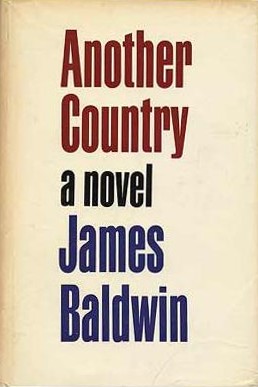
Another Country is a 1962 novel by James Baldwin. The novel is primarily set in Greenwich Village, Harlem, and France in the late 1950s. It portrayed many themes that were taboo at the time of its release, including bisexuality, interracial couples and extramarital affairs.
Renata Adler is an American author, journalist, and film critic. Adler was a staff writer-reporter for The New Yorker for over thirty years and the chief film critic for The New York Times from 1968 to 1969. She has also published several fiction and non-fiction books, and has been awarded the O. Henry Prize, a Guggenheim Fellowship, and the PEN/Hemingway Award.
Dwight Macdonald was an American writer, critic, philosopher, and activist. Macdonald was a member of the New York Intellectuals and editor of their leftist magazine Partisan Review for six years. He also contributed to other New York publications including Time, The New Yorker, The New York Review of Books, and Politics, a journal which he founded in 1944.
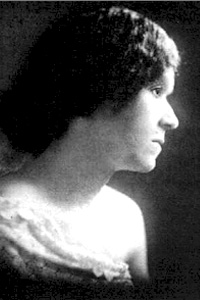
Georgia Blanche Douglas Camp Johnson, better known as Georgia Douglas Johnson, was a poet and playwright. She was one of the earliest female African-American playwrights, and an important figure of the Harlem Renaissance.

"New Negro" is a term popularized during the Harlem Renaissance implying a more outspoken advocacy of dignity and a refusal to submit quietly to the practices and laws of Jim Crow racial segregation. The term "New Negro" was made popular by Alain LeRoy Locke in his anthology The New Negro.

The Price of the Ticket is an anthology collecting nonfiction essays by James Baldwin. Spanning the years 1948 to 1985, the essays offer Baldwin's reflections on race in America.

Ta-Nehisi Paul Coates is an American author, journalist, and activist. He gained a wide readership during his time as national correspondent at The Atlantic, where he wrote about cultural, social, and political issues, particularly regarding African Americans and white supremacy.
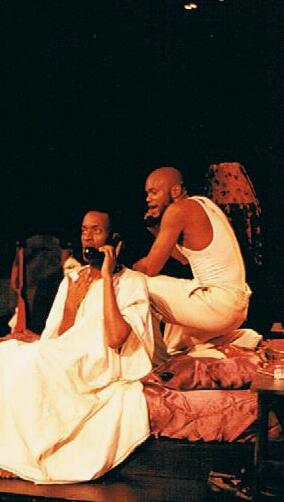
James Baldwin: A Soul on Fire is an American stage play about author and activist James Baldwin. It was written by Howard Simon and first performed in 1999. Originally directed by Chuck Patterson, the first run starred Charles Reese as James Baldwin and Forrest McClendon as his counterpart, an ethereal force which takes multiple identities.

The Baldwin–Kennedy meeting of May 24, 1963 was an attempt to improve race relations in the United States. Attorney General Robert F. Kennedy invited novelist James Baldwin, along with a large group of cultural leaders, to meet Kennedy in an apartment in New York City. The meeting became antagonistic and the group reached no consensus. The black delegation generally felt that Kennedy did not understand the full extent of racism in the United States. Ultimately the meeting demonstrated the urgency of the racial situation and was a positive turning point in Kennedy's attitude towards the Civil Rights Movement.
The history of the 1954 to 1968 American civil rights movement has been depicted and documented in film, song, theater, television, and the visual arts. These presentations add to and maintain cultural awareness and understanding of the goals, tactics, and accomplishments of the people who organized and participated in this nonviolent movement.
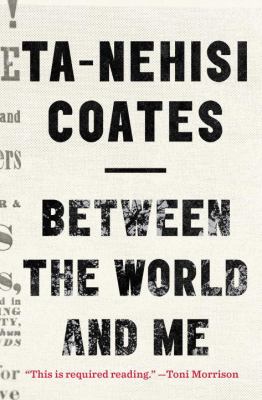
Between the World and Me is a 2015 nonfiction book written by American author Ta-Nehisi Coates and published by Spiegel & Grau. It was written by Coates as a letter to his then-teenage son about his perception of what the feelings, symbolism, and realities associated with being Black in the United States are. Coates recapitulates American history and explains to his son "racist violence that has been woven into American culture." Coates draws from an abridged, autobiographical account of his youth in Baltimore, detailing his beliefs about what are the ways in which, to him, institutions like schools, the local police, and even "the streets" discipline, endanger, and threaten to "disembody" black men and women.

Rachel Kaadzi Ghansah is an American essayist. She won a Pulitzer Prize for Feature Writing in 2018 for her profile of white supremacist and mass murderer Dylann Roof, as well as a National Magazine Award. She was also a National Magazine Award finalist in 2014 for her profile of elusive comedian Dave Chappelle. Her first book, The Explainers and the Explorers, is forthcoming from Random House.

The Evidence of Things Not Seen, a book-length essay by James Baldwin, covers the Atlanta murders of 1979–1981, often called the Atlanta Child Murders, and probes Atlanta's related social issues, especially race relations. Baldwin had ventured to Atlanta as a literary reporter on assignment by Playboy magazine, which by then had published a considerable catalog by black writers, such as Alex Haley and James Farmer, offering social commentary. Walter Lowe, the magazine's first black editor, had proposed this assignment to Baldwin. The resulting book's epigraph draws from Hebrews 11:1.
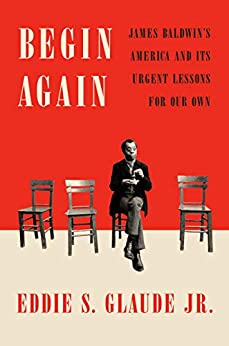
Begin Again: James Baldwin's America and Its Urgent Lessons for Our Own is a 2020 book by Eddie S. Glaude Jr. Covering the life and works of American writer and activist James Baldwin, and the theme of racial inequality in the United States, Glaude uses these topics to discuss what he views as historical failed opportunities for America to "begin again". He analyzes Baldwin's activism and sexuality and his non-fiction writings, perceiving a shift in his later works. Glaude uses ideas from Baldwin to comment on contemporary racial topics such as the Black Lives Matter movement, which began in 2013.
